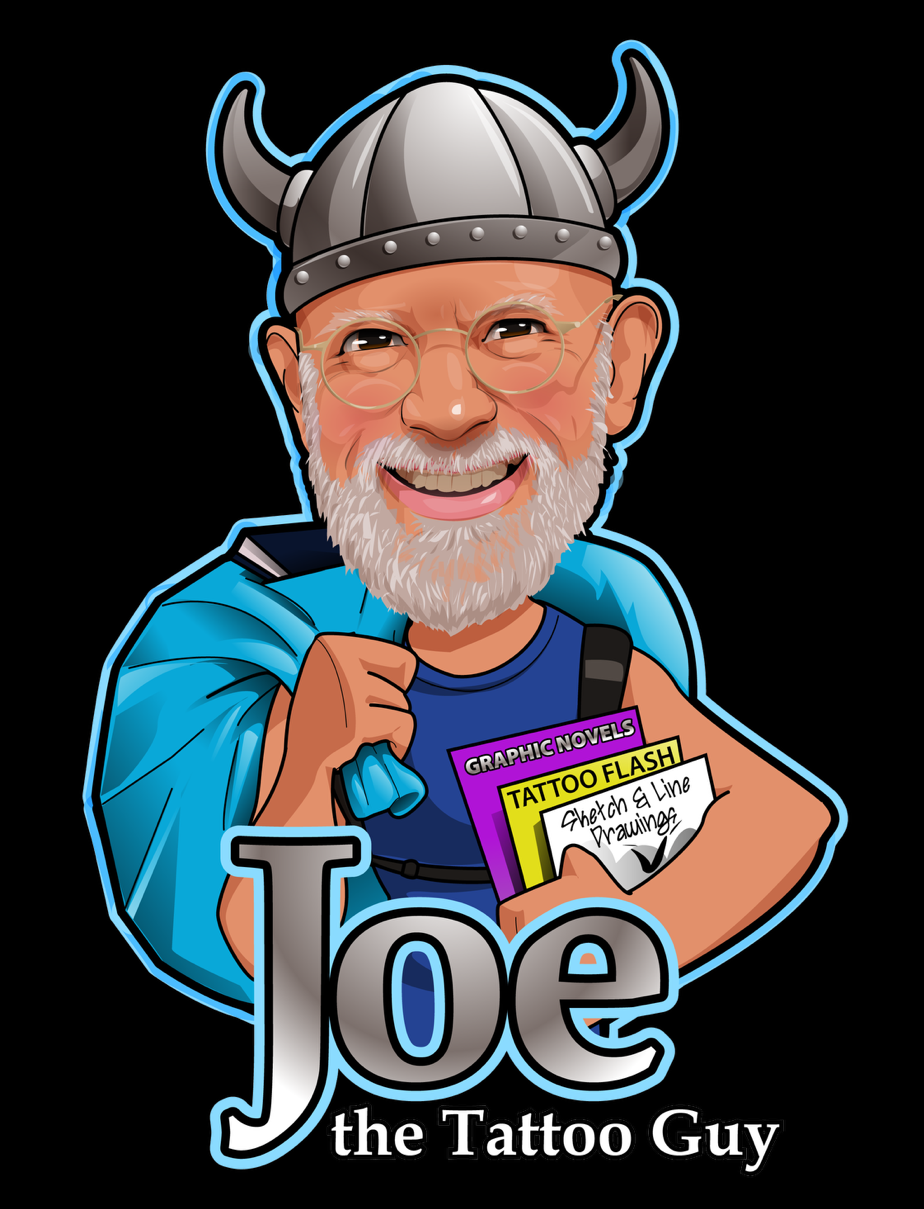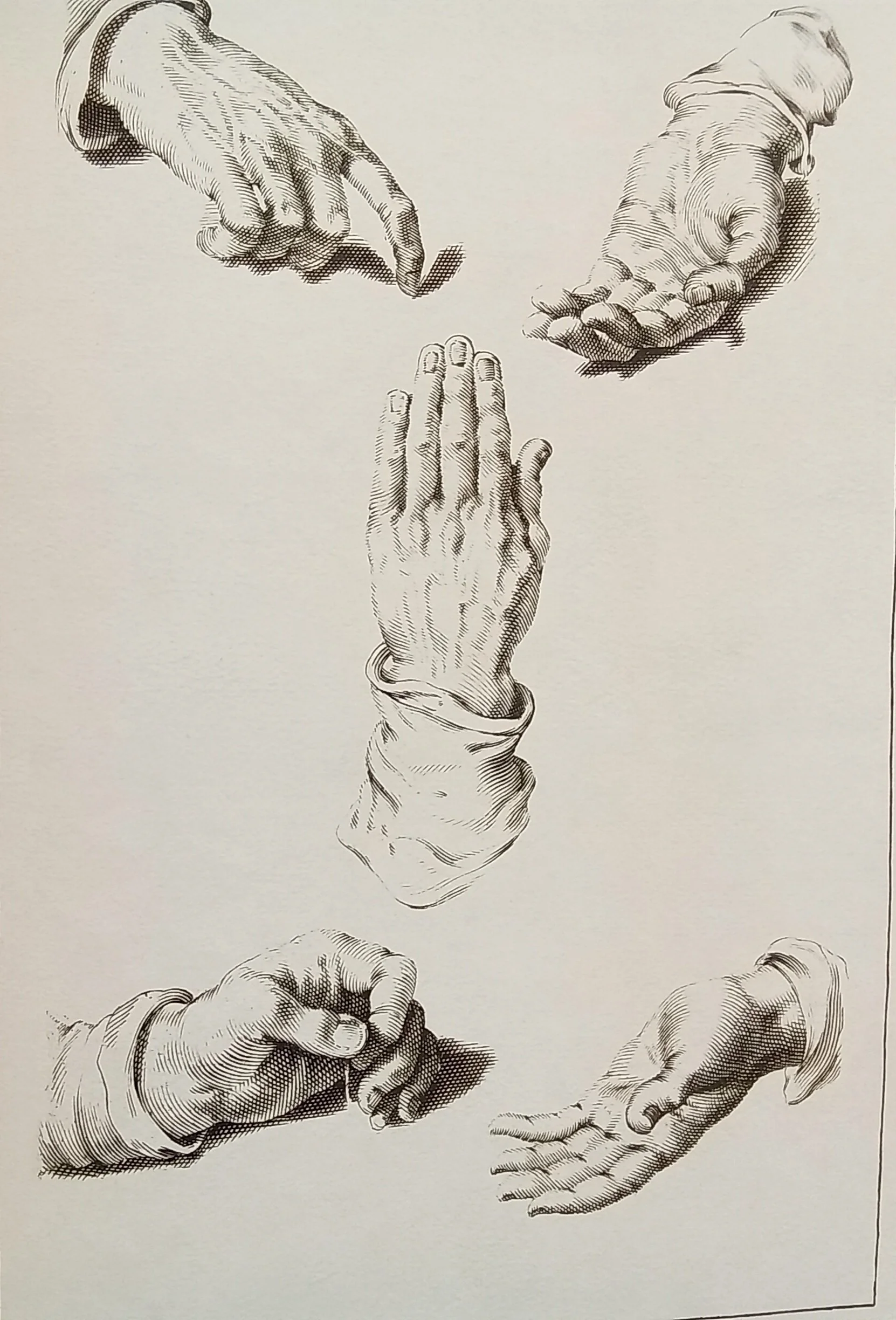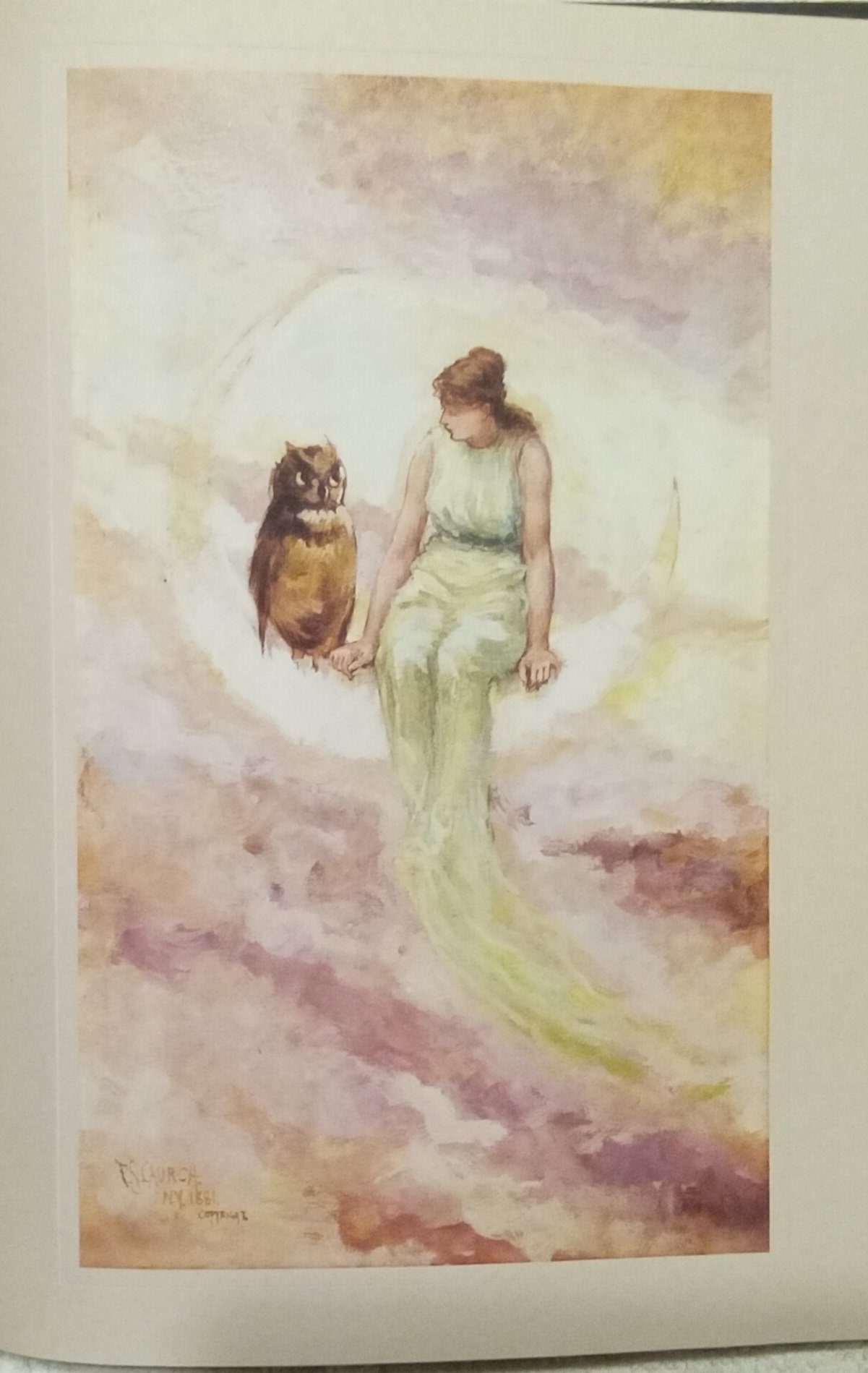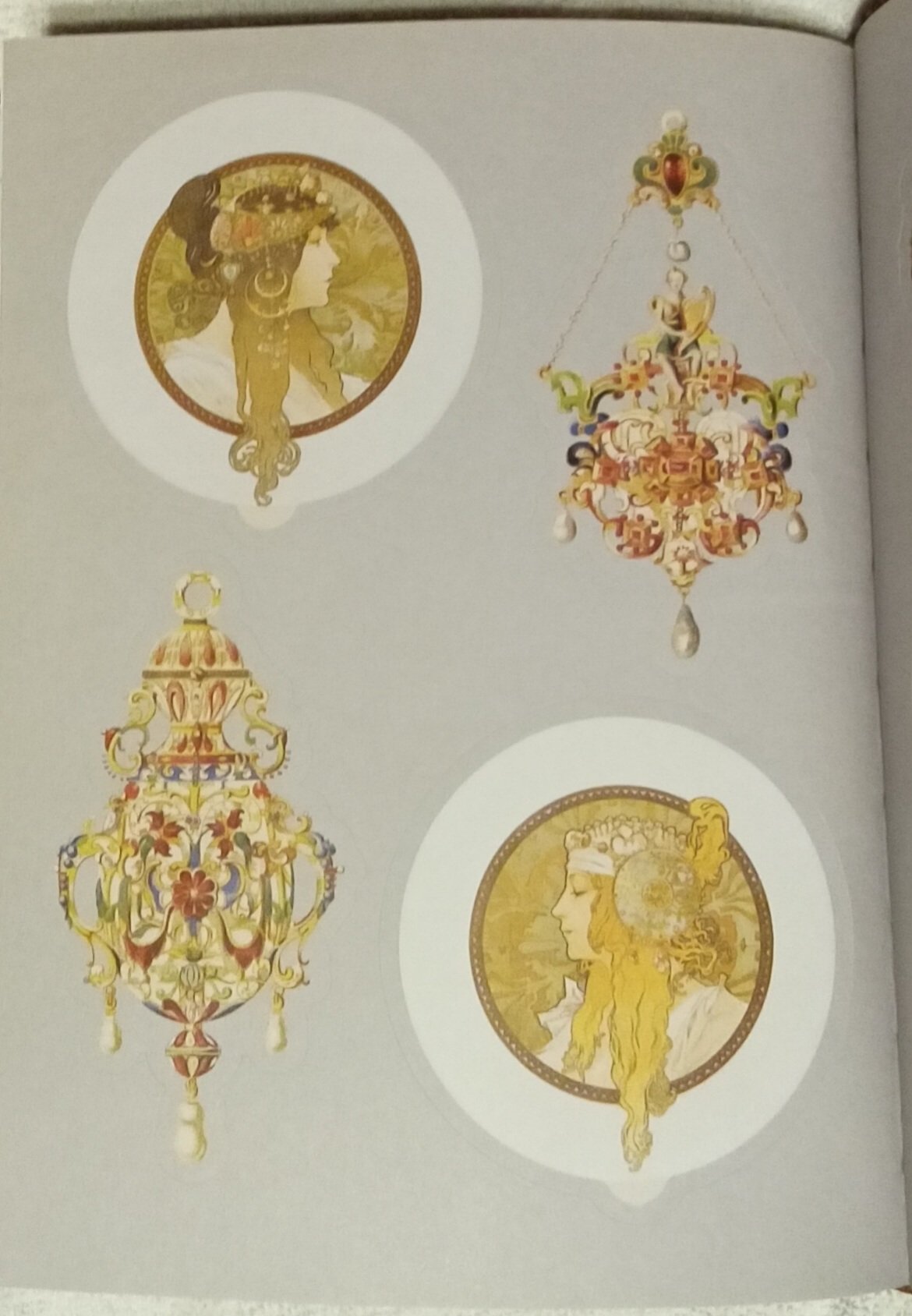 Image 1 of 16
Image 1 of 16

 Image 2 of 16
Image 2 of 16

 Image 3 of 16
Image 3 of 16

 Image 4 of 16
Image 4 of 16

 Image 5 of 16
Image 5 of 16

 Image 6 of 16
Image 6 of 16

 Image 7 of 16
Image 7 of 16

 Image 8 of 16
Image 8 of 16

 Image 9 of 16
Image 9 of 16

 Image 10 of 16
Image 10 of 16

 Image 11 of 16
Image 11 of 16

 Image 12 of 16
Image 12 of 16

 Image 13 of 16
Image 13 of 16

 Image 14 of 16
Image 14 of 16

 Image 15 of 16
Image 15 of 16

 Image 16 of 16
Image 16 of 16

















Rosie - Folk Art Tattoo Flash Hardcover...
FOLK ART TATTOO FLASH - ROSIE by Don Ed Hardy
Tino "Rosie" Camanga (born 1910) came to Honolulu from his native Philippines sometime prior to World War II. After observing fellow Filipinos tattooing in the many shops in the downtown/Chinatown area, Rosie was granted a part-time job as a tattooer in 1944, and began a career birthed in wartime Honolulu that lasted until the 1990s.
Rosie's primitive, distinctive, obsessively- drawn flash segued from standardized versions of classic tattoo designs to eccentric and mysterious scenarios that were his alone. The format of flash sheets were mere jumping-off points for the world he created. Often sheets were collaged with images he liked, clipped from a magazine, assembled from previous designs, or merely depicting things and sentiments never seen in any other tattoo context. He continued to draw after he stopped tattooing, using the flash format for ever more unexpected forms.
Rosie's art anticipates today's stretching of the boundaries of the canon of tattoo themes. But unlike many younger tattoo artists with a self-conscious and ironic stance, Rosie was the real thing: immensely prolific, completely sincere, and driven by a passion for drawing that ultimately sought to satisfy only himself.
, 8.5" by 11" 87pgs
FOLK ART TATTOO FLASH - ROSIE by Don Ed Hardy
Tino "Rosie" Camanga (born 1910) came to Honolulu from his native Philippines sometime prior to World War II. After observing fellow Filipinos tattooing in the many shops in the downtown/Chinatown area, Rosie was granted a part-time job as a tattooer in 1944, and began a career birthed in wartime Honolulu that lasted until the 1990s.
Rosie's primitive, distinctive, obsessively- drawn flash segued from standardized versions of classic tattoo designs to eccentric and mysterious scenarios that were his alone. The format of flash sheets were mere jumping-off points for the world he created. Often sheets were collaged with images he liked, clipped from a magazine, assembled from previous designs, or merely depicting things and sentiments never seen in any other tattoo context. He continued to draw after he stopped tattooing, using the flash format for ever more unexpected forms.
Rosie's art anticipates today's stretching of the boundaries of the canon of tattoo themes. But unlike many younger tattoo artists with a self-conscious and ironic stance, Rosie was the real thing: immensely prolific, completely sincere, and driven by a passion for drawing that ultimately sought to satisfy only himself.
, 8.5" by 11" 87pgs
FOLK ART TATTOO FLASH - ROSIE by Don Ed Hardy
Tino "Rosie" Camanga (born 1910) came to Honolulu from his native Philippines sometime prior to World War II. After observing fellow Filipinos tattooing in the many shops in the downtown/Chinatown area, Rosie was granted a part-time job as a tattooer in 1944, and began a career birthed in wartime Honolulu that lasted until the 1990s.
Rosie's primitive, distinctive, obsessively- drawn flash segued from standardized versions of classic tattoo designs to eccentric and mysterious scenarios that were his alone. The format of flash sheets were mere jumping-off points for the world he created. Often sheets were collaged with images he liked, clipped from a magazine, assembled from previous designs, or merely depicting things and sentiments never seen in any other tattoo context. He continued to draw after he stopped tattooing, using the flash format for ever more unexpected forms.
Rosie's art anticipates today's stretching of the boundaries of the canon of tattoo themes. But unlike many younger tattoo artists with a self-conscious and ironic stance, Rosie was the real thing: immensely prolific, completely sincere, and driven by a passion for drawing that ultimately sought to satisfy only himself.
, 8.5" by 11" 87pgs















































































































